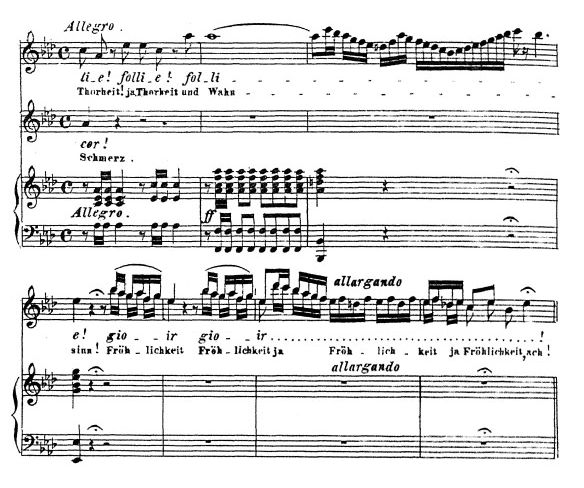
Dramatic, Throaty Sound
A common vocal issue is when the tone is caught in the throat – like a singing Kermit the Frog.
This is a sound that some may find strange to the ear, and unpleasant to mimic. However, others who have become habituated to hearing and feeling this sound may like it because they feel they can “controll” it effectively.
Another “throaty” sound involves darkening our singing to imitate what we hear other, more mature voices do. Have you ever tried to sound like an opera singer?
The correct sound that emanates from advanced singers was created with much exercising and practicing, so that strength and freedom are present. The sound does seem to come from many places in the neck and head. Almost as if the sound is coming out of the neck and the mouth and the face, maybe all directions at once.
The questions become: 1. “How do we make that sound?” and 2. “How do we interpret that sound?”
First, we should not try to “make” that sound.
Second, there is a way to interpret healthy sounds, and walk that path.
Once we are taught how to feel and hear the correct sensations, then a light bulb goes off. We realize that the sound from the correct advanced singer cannot be forced or imitated or manipulated. This sound actually comes about over time as one does consistent and targeted vocal exercises. You can learn this from a good voice teacher or in a course like How The Voice Works by Dr. Matt Edwards. The course even comes with an app which allows you to customize and practice with exercises that you understand! The app is available for iPhones and Android: just search for How The Voice Works in the app store.
The bottom line is that when a tone feels like it is caught in the throat or being gripped in the throat, the tone is not being produced by the muscles of singing in a free manner. Now, technically the main muscles involved in singing do reside in the throat. Yet, when working correctly, the feel is not in the throat but above it, as if the throat has been bypassed completely. The sensations imply that one is singing above the jaw line because that’s where the resonance is moving in your body. As throat constriction becomes a thing of the past, then the student will feel free. Sounds will happen that are beautiful and full.
about the author
Allen Rascoe Allen has been enjoying singing since he was a little kid. He officially studied voice at ECU and USC. However, he ran... Read More

RECENT ARTICLES
-

Career Your Opportunities for a Fulfilling Career in Singing
-

Basic Skills, Beginners, Tips Tips To Improve Your Singing Voice
-

Exercises, Warmups 10 Vocal Warm-ups to Change the Way You Sing
-

Basic Skills, Beginners, Exercises, Songs, Voice Teachers, Warmups What is My Vocal Range – Identify, Master and Expand Your Range
RECENT IN KNOWLEDGE
Recent Topics
- Beginning Voice Lessons (1)
- Breathing Techniques (1)
- Confidence (1)
- Experienced Teacher (1)
- Kids Singing Lessons (1)
- Musical Career (1)
- Practice (1)
- Private Lessons (1)
- Professional Singer (2)
- Sing (1)
- Singing Teachers (2)
- Style (1)
- Teach Online (1)
- Vocal Exercises (1)
- Vocal Health (1)
- Vocal Music (1)
- Vocal Pitch (3)
- Vocal Range (4)
- Voice Coach (1)
- Voice Exercises (2)
- Voice Training (4)
- Young Vocalist (1)
Categories
- Basic Skills (7)
- Beginners (8)
- Career (2)
- CCM (1)
- Contemporary Commercial Music (1)
- Crossing Over (1)
- Exercises (2)
- Online Lessons (3)
- Online Voice Lessons (1)
- Songs (2)
- Students (6)
- Tips (4)
- Vocal Coaches (1)
- Voice Teachers (2)
- Warmups (2)
Testimonials

















